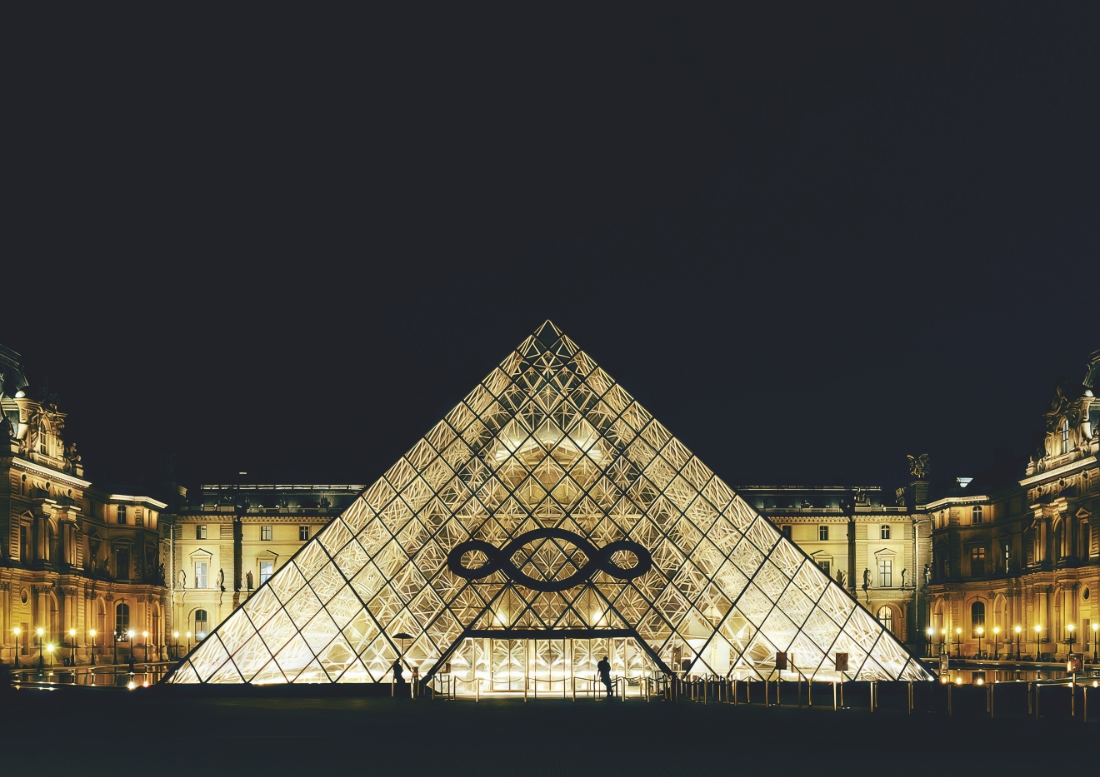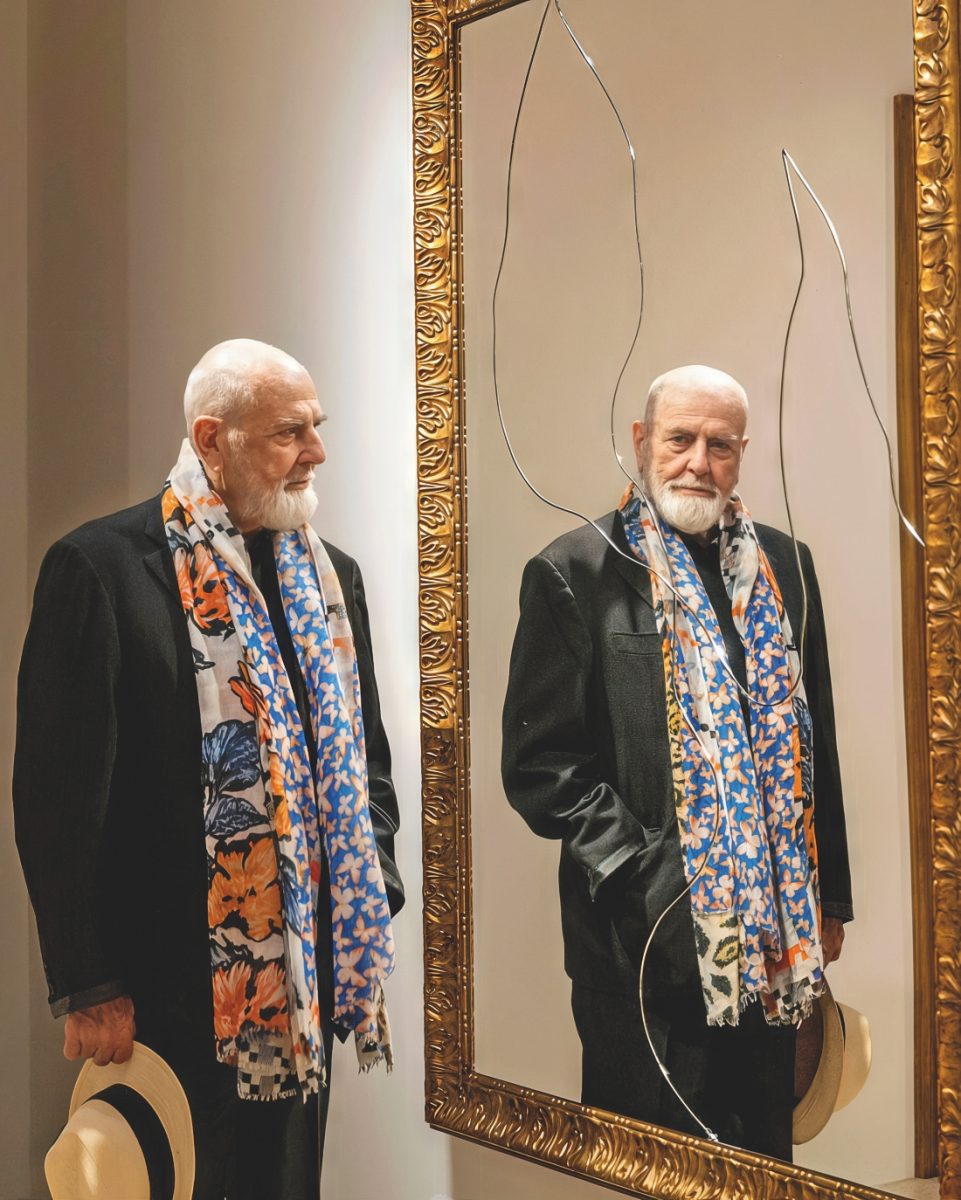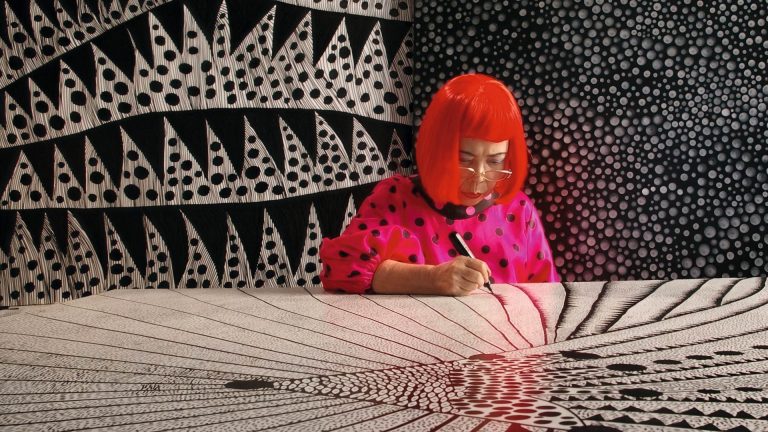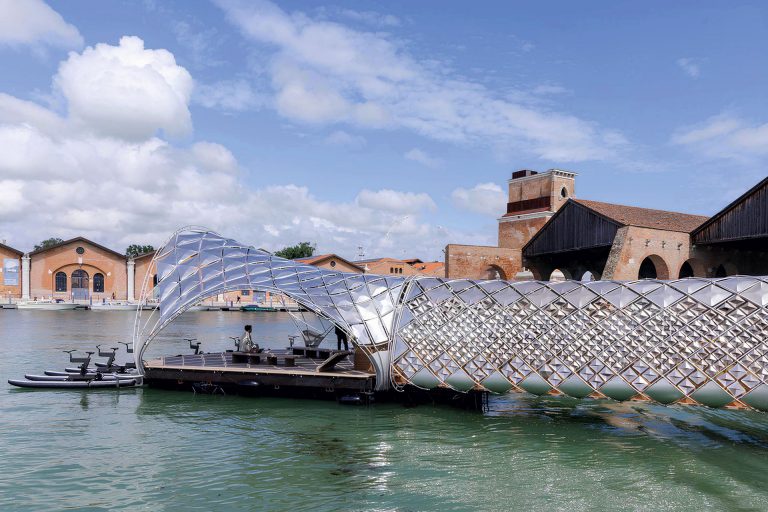From arte povera to the search for the “Third Paradise”: exploring the art of Michelangelo Pistoletto.

Michelangelo Pistoletto is one of Italy’s most famous contemporary artists. Recently, his name once again made headlines after Pistoletto was nominated for the Nobel Peace Prize. If he becomes the laureate in October, it will signify recognition not only as an artist but also as a thinker and humanist who closely observes contemporary society.
Pistoletto will soon turn 92, but he is in no hurry to retire. Lately, his imagination has been captivated by QR codes, which have become — especially in connection with the pandemic — a part of our daily lives. The artist created a photographic self-portrait, decorating his body with images of QR codes that resemble tattoos. Thus, the master has come full circle in his creative journey: as is well known, he began in the 1950s with self-portraits. Since then, he has created numerous works, some of which have become milestones in contemporary art.

Michelangelo Pistoletto. Venus
of the Rags. Naples. 2023
His first major success came with the “mirror paintings,” presented in 1963. Photographs of human figures, standing with their backs to the audience, were affixed to polished stainless steel sheets, shining like mirrors. The viewer, reflected in the “mirror,” became one of the characters in the artwork. The artist sought to challenge the fundamental idea of classical painting — the notion of a painting as a window into an imaginary world: in the “mirror” works, the real and the imagined intertwine in an unexpected way. The master also played with the concept of linear perspective, which was established during the Renaissance: in Pistoletto’s works, the viewer sees not only what is in front of them but also what is behind, completely altering conventional perceptions of depicted space.

Michelangelo Pistoletto
In the late 1960s, Michelangelo Pistoletto became one of the key figures of the new artistic movement arte povera, or “poor art.” Born in Italy, it rejected the luxury of cultural achievements accumulated over millennia while also rebelling against the market rules that had taken control of museums and galleries. Arte povera artists used deliberately “poor” materials taken from everyday life, ranging from old furniture to sacks of coal. One of the symbols of this movement was Pistoletto’s work, Venus of the Rags, first presented in 1967: an ancient-style statue, standing with its back to the viewers, pressing its face into a heap of rags. This work — one of Pistoletto’s most famous — can be interpreted in multiple ways. The most obvious interpretation is the contrast between the beauty of classical culture and the ugliness of consumer society. However, what we see is not an actual ancient statue but a cast purchased from a garden ornament vendor, making the artist’s irony in critiquing consumerist attitudes even sharper.

Michelangelo Pistoletto smashes mirrors during his performance “Twenty-Two Less Two”. 2009
In the 1990s, Pistoletto began working on the Cittadellarte project, which opened in 1998 on the site of a former textile factory near the city of Biella. There, the summer University of Ideas was also launched, welcoming students from various corners of the world. The master admitted that after the fall of the Berlin Wall, he realized that a contemporary artist cannot live in an ivory tower; they must respond to the most important political and social issues. Therefore, the project was conceived as a gathering place for people who aspire to create socially responsible art.
In 2003, Michelangelo Pistoletto was awarded the Golden Lion at the Venice Biennale for his contribution to culture. And in 2009, also in Venice, he presented the paradoxical project Twenty-Two Less Two. The installation consisted of a room adorned with twenty-two mirrors. Taking a hammer in his hands, the master shattered the mirrors before the audience, creating large holes in them. Pistoletto explained his actions as follows: first, he wanted to dispel the superstitious belief that a broken mirror brings bad luck. And second, he wanted to show that the destruction of a material medium only multiplies images: after all, even the shards scattered across the floor “create” new reflections.
Since the mid-2000s, Michelangelo Pistoletto has been working on the Third Paradise project, symbolized by compositions of three circles — or, as the master calls them, “trinamic” forms. They most resemble the infinity symbol, but with an additional circle positioned between the two spheres. It serves as a “bridge” between two worlds — natural and high-tech — promising to restore lost balance and harmony. So it seems that Pistoletto looks to the future with measured optimism.
Photo: Vostock Photo


